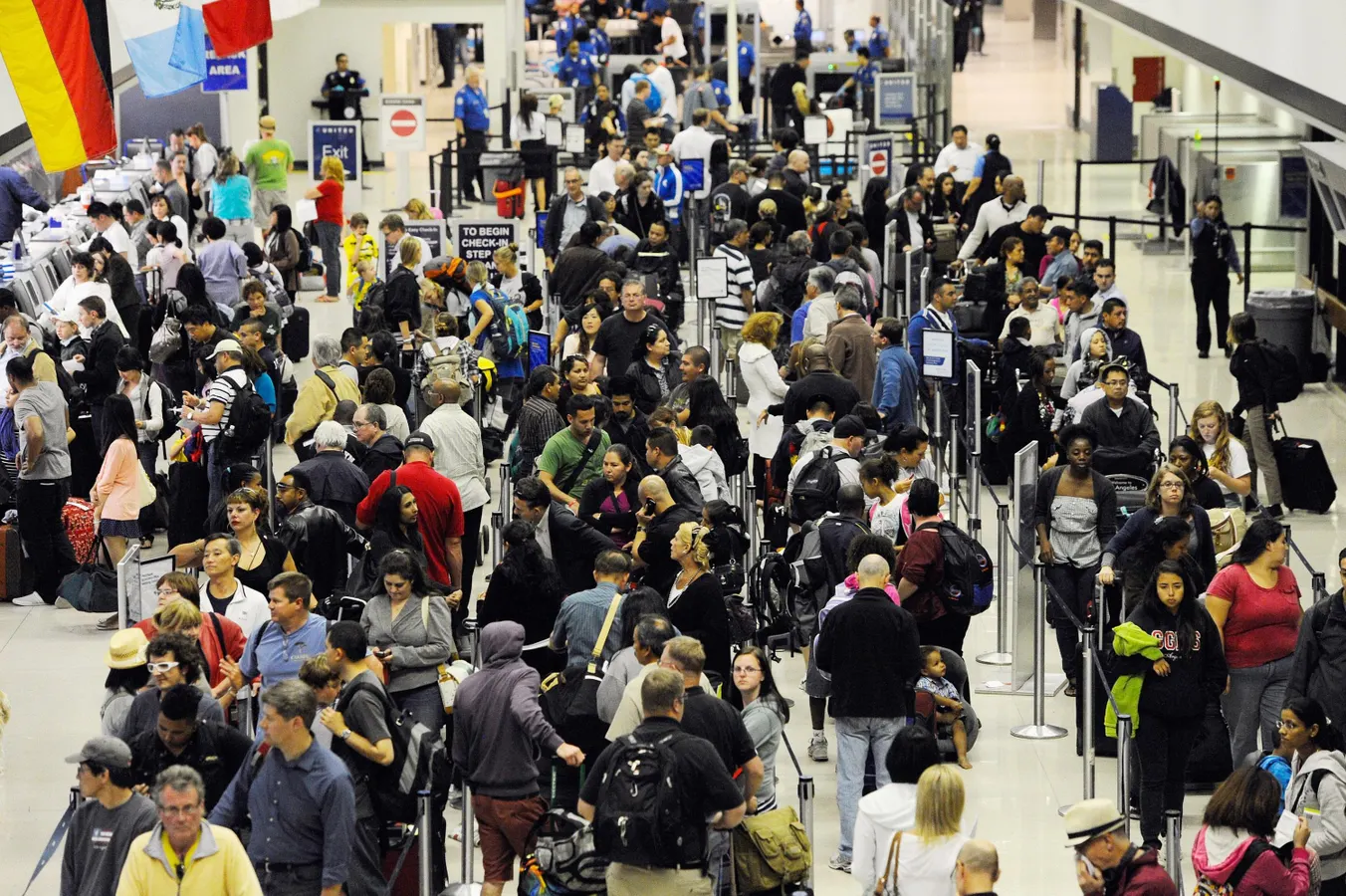By Contributor,Kevork Djansezian,Robert B. Tucker
Copyright forbes

CrowdStrike software glitch explodes into global problem (Photo by Kevork Djansezian/Getty Images)
Getty Images
My wife and I just returned from a week in the Côte d’Azur region of France. A miracle of sorts happened! All of our flights were on time! Psychologist Jennifer Freed was not so fortunate.
During an eight-hour flight delay at Dallas-Fort Worth Airport, Freed was unable to talk to a single airline employee at the gate. Monitors kept giving out false information. “Hundreds of people were stranded without any human compassion, comfort, or accurate updates,” Freed fumed on Substack. “I wrote five separate emails to American Airlines only to have each one replied to in a bot-AI way that completely missed the content of my complaints.”
As we leap into the digitized Age of Acceleration, the unstated goal seems to be to reduce or eliminate all human-to-human contact. Automate everything – it’s going to be great. But observers like Jennifer Freed are not so sure. They are noticing a huge side effect that technologists don’t seem to want to admit: humans need face-to-face contact lest they languish.
As a futurist and innovation coach, I sometimes invite my clients to envision what life might be like “over there.” After we’ve gotten across the river and are on the other side of something. While tech visionaries spin tales of utopia and freedom from drudgery on the other bank, in fact, the goal of removing humans from business and social interactions might well have the opposite effect.
In the name of efficiency, convenience, and cost savings, taking humans out of the equation could have far-reaching consequences. In fact, it already has.
Psychologist Jonathan Haidt has looked at the effects of smartphones on the social and psychological development of teens. Many of them are using TikTok for four to five hours a day on average. Haidt warns that the shift from a “play-based childhood” to a “phone-based childhood” amounts to a radical rewiring of social development, and his research leads him to believe it’s doing real damage.
MORE FOR YOU
The problem is not just that teens stare at screens instead of each other. The real issue is that the scaffolding of face-to-face trust, emotional attunement, and shared presence is eroding. In The Anxious Generation, Haidt argues that social media provides faux “connection” while subtly replacing eye contact, interpersonal reciprocity, and the unspoken calibration that real human encounters afford.
Various studies echo Haidt’s assertion that humans are not modules you can replace with bots or chat windows. When you eliminate or drastically reduce real, in-person contact — eye to eye, side by side, speech flowing both ways — you strip out the micro-moments where empathy, synchrony, trust, and emotional regulation are built.
In effect, the promise of “automate everything” may economize interactions. But it risks hollowing out the relational substrate of society. As Freed lamented in that Dallas gate delay, the absence of any human to lean on, any eyes to meet, any moment of presence, reveals what robots can’t replicate — and what we lose when we try to put everything on autopilot.
“I remember a time when customer service meant something special,” says Freed. “When a friendly human would take my call and laugh with me about whatever the issue was. I recall when a waitperson would really look at you and take your order with a sense of pride and competent memory.”
Editorial StandardsReprints & Permissions



